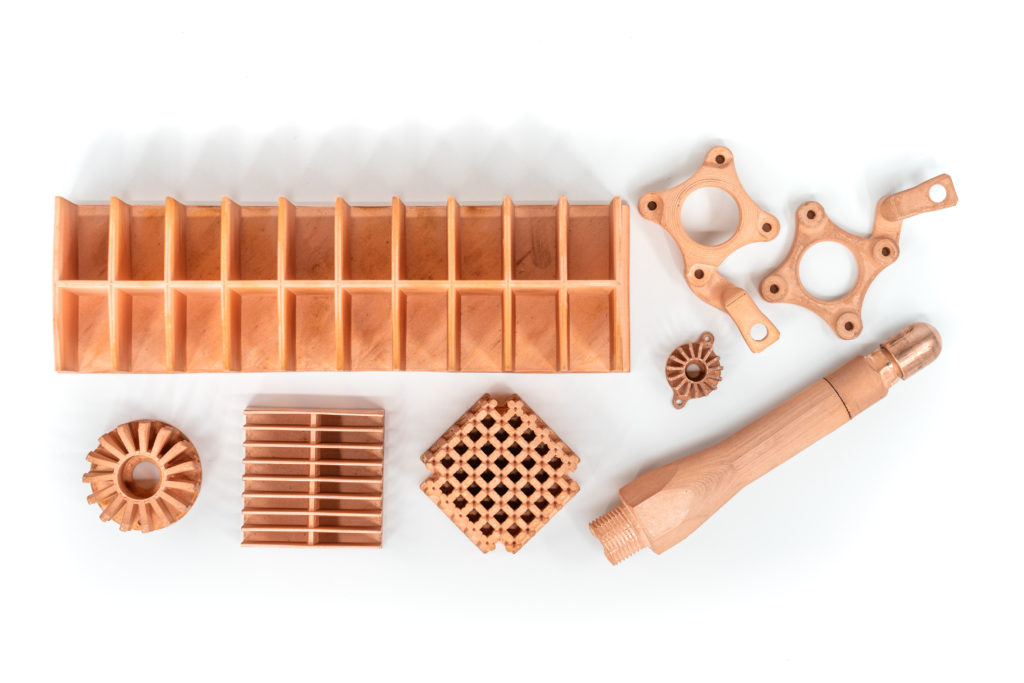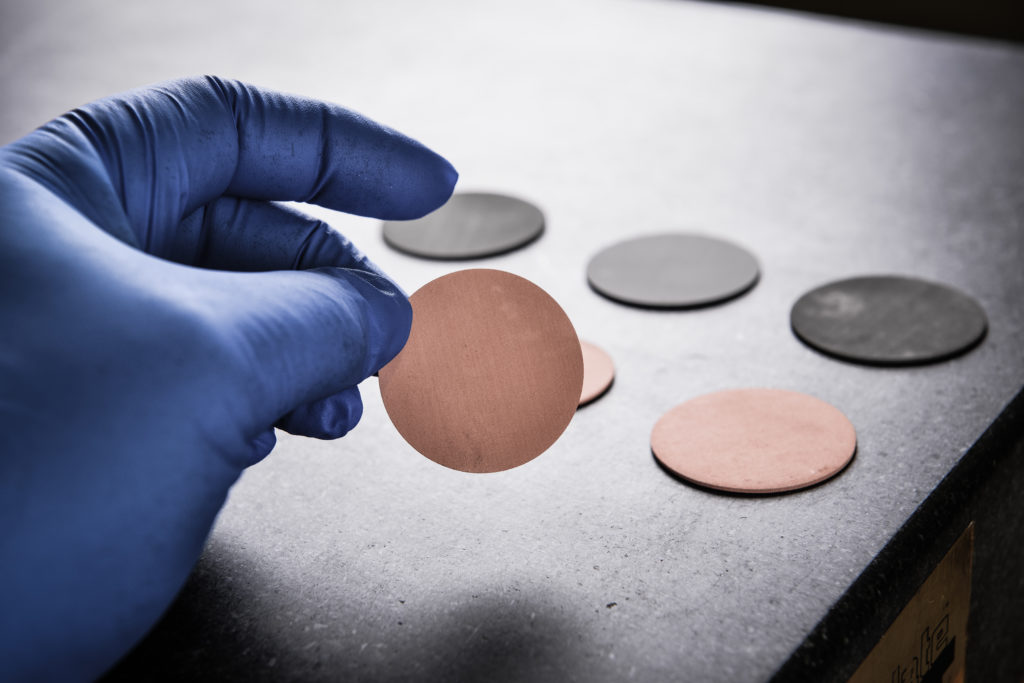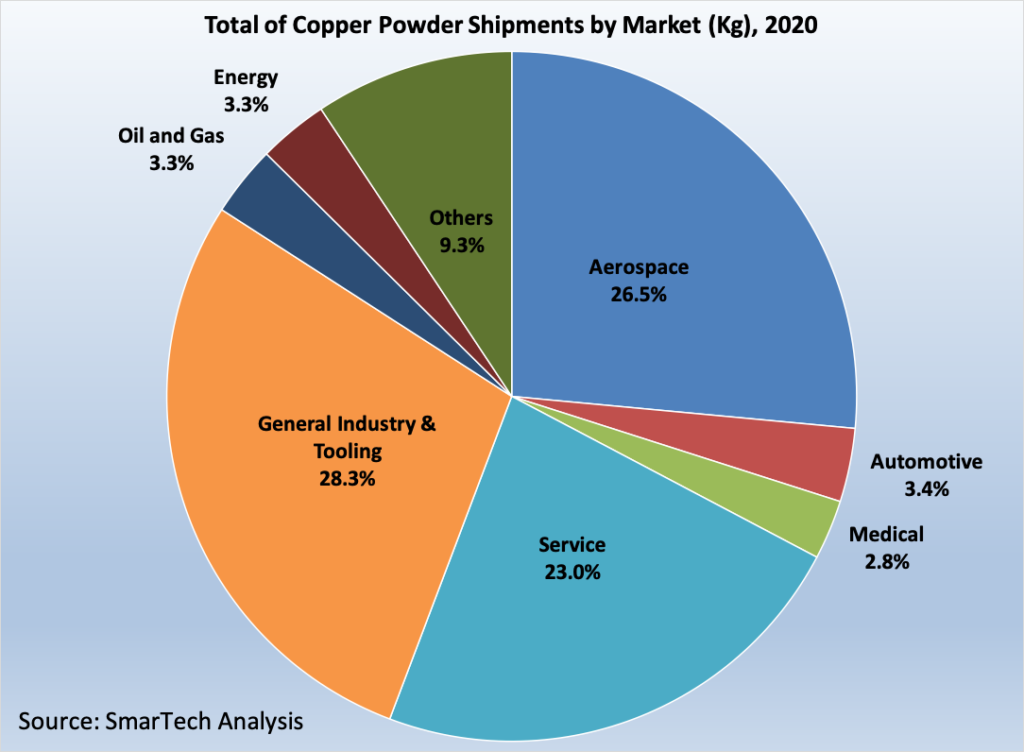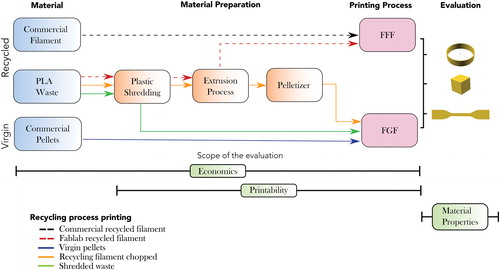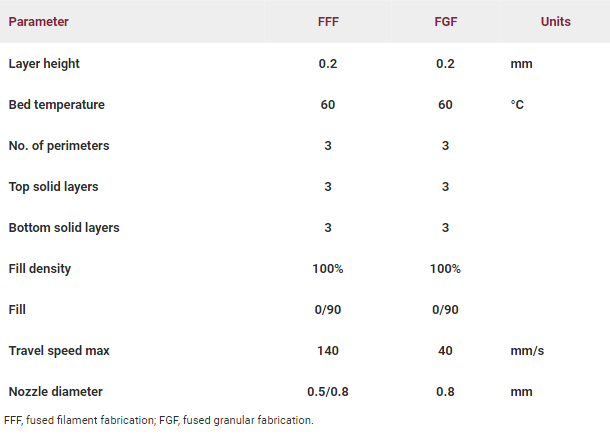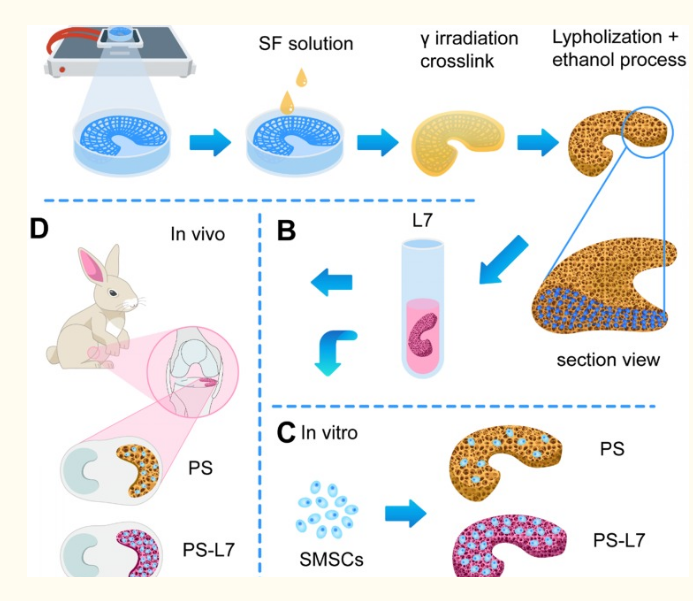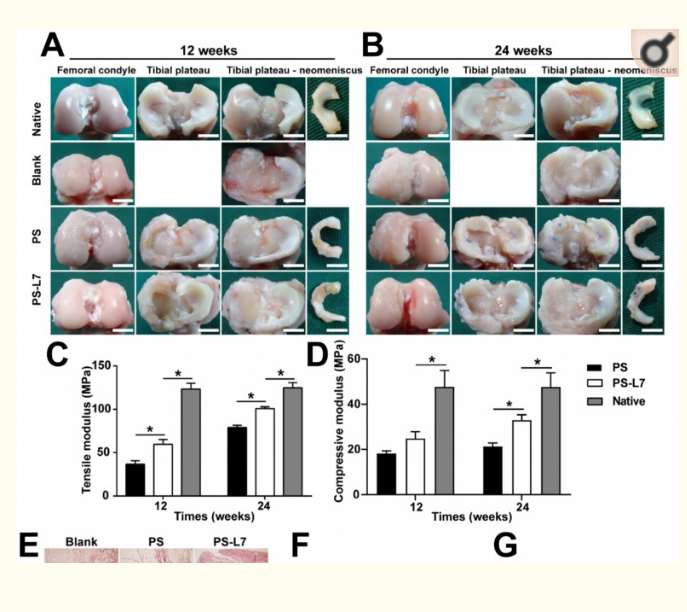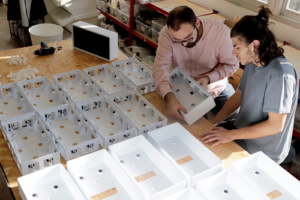3D Systems has announced the latest versions of its Geomagic Design X and Geomagic Wrap software, this time claiming “first-to-market capabilities” for streamlining workflows and improving design precision.
New features within Design X meant to exemplify this claim include improved workflows and expanded modeling pathways for complex, revolved parts. In particular, the software includes an Unroll/Reroll function that makes it possible to model said components in a simpler, yet more precise fashion. The tool allows users to extract a 2D sketch automatically so that they can modify it and then reroll it, purportedly reducing the need for trial and error typically associated with modeling these geometries. In turn, part precision, efficiency and downstream usability are said to be increased. For a comparison of the revolve process in another CAD software, see here.
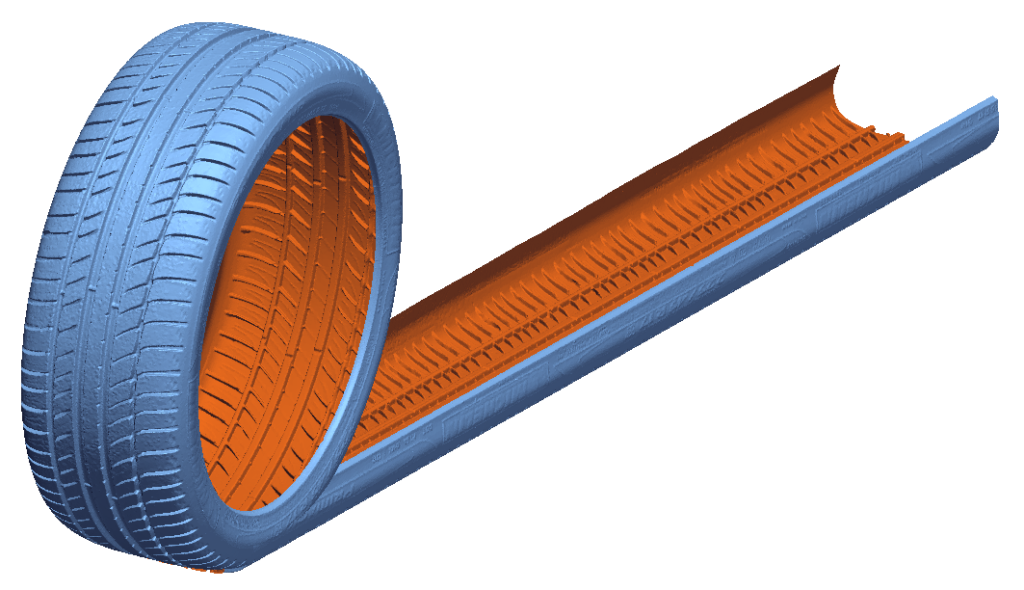
Unrolling of a 3D scan of a tire for mold modeling in Geomagic Design X. Image courtesy of 3D Systems.
The software also includes a new Selective Surfacing Feature, which is meant to make modeling with 3D scans faster and more precise. According to the company, users will be able to “highlight portions of the a (using mesh selection tools, or curves) and surface just those portions in a way that makes downstream ‘hybrid modeling’ much easier.”
3D Systems has also released a method for previewing yet-to-be fully released features. Geomagic Design X customers on-maintenance can access R&D capabilities using plugins that will allow the company to receive feedback on these tools before they are released more generally.

Hybrid Modeling Workflow of a topology optimized part in Geomagic Design X. Image courtesy of 3D Systems.
Geomagic Wrap 2021 offers a variety of new capabilities for manipulating 3D scan data and imported files for various applications. This includes a new scripting editor enabling engineers to customize their workflow using Python that allow for the use of new tools that include ‘auto complete’ and ‘contextual highlighting’. API documentation for the software will be continuously updated online.
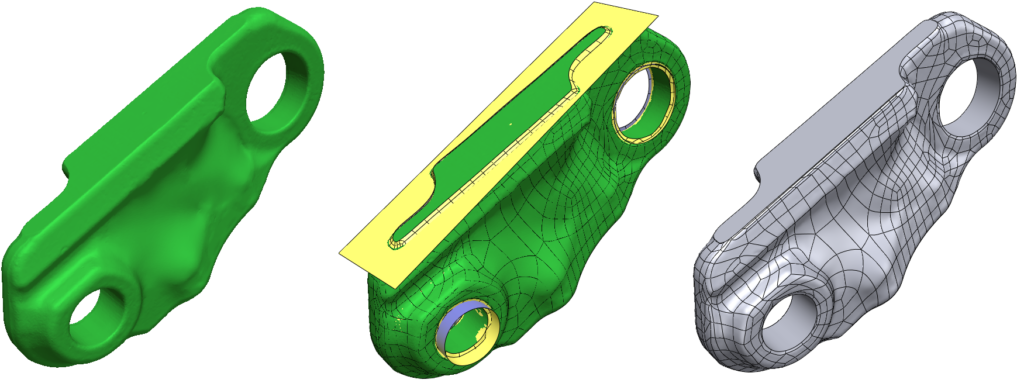
Geomagic Design X 2020 streamlines Hybrid Modeling Workflows for molding, casting, topology optimization, and medical applications. Image courtesy of 3D Systems.
Texture manipulation tools are integrated directly into Geomagic Wrap 2021 that make it possible to manipulate and re-touch colors, logos and other visual elements obtained from 3D scans within the same workflow. A new HD Mesh Construction tool is meant to make the construction of 3D data from point clouds more effective and aid in dealing with challenges associated with large data sets and scans with missing information.
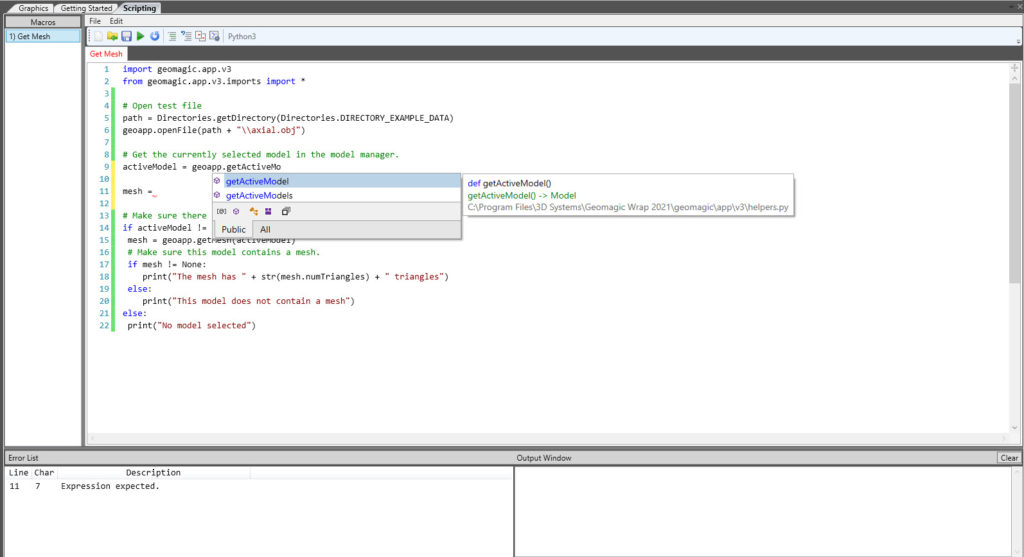
Example of using the updated scripting editor showing the real time error tracking, contextual highlighting, and autocomplete tools. Image courtesy of 3D Systems.
All of these tools help to strengthen 3D Systems larger strategy of cohesion across its digital manufacturing products, which also include additive manufacturing, virtual reality and simulation systems, inspection software and more. Altogether, the company has a solutions for many steps along the design-to-manufacturing pipeline (or “digital thread”).
To be discussed in an upcoming report from SmarTech Analysis on software in the AM industry (and update to its 2017 report), 3D Systems has one of the more diverse portfolios of 3D printing software. The Geomagic suite, which also includes design and haptic sculpting tools, makes the company unique among 3D printer manufacturers in part for the 3D scanning and inspection software included. Meanwhile, its metal build preparation software, 3DXPert, has even been sold to customers who didn’t even have 3D Systems printers and the company’s CAM solutions, Cimatron and GibbsCAM, give it a leg into the toolmaking industry. In total, SmarTech estimates 3D Systems to hold a significant share of the market for both 3D printing and scanning software. The total value of the AM software industry is projected by SmarTech to be worth $2.4 billion by 2026.

Modeling of a complex part with cylindrical drum slots in Geomagic Design X. Image courtesy of 3D Systems.
It competes against a number of other companies, both 3D printer manufacturers and software developers. This includes Stratasys, which has grabbed and increasing amount of the software space with the acquisition and development of GrabCAD, as well as Materialise, Autodesk and Dassault Systèmes.
Geomagic Design X 2020 will be made available late May 2020, while general availability of Geomagic Wrap 2021 is slated for late July 2020.
The post 3D Systems Streamlines Software for Reverse Engineering appeared first on 3DPrint.com | The Voice of 3D Printing / Additive Manufacturing.


